Nationality French Occupation Architect | Name Fernand Pouillon Role Architect | |
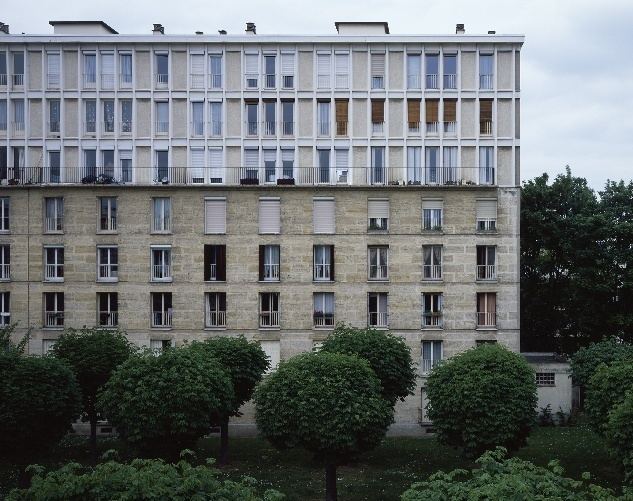 | ||
Buildings La Tourette housing complex, Marseille, FranceRestoration of Chateau de Belcastel, FranceNew town Diar el Mahcoul, Algeria Died July 24, 1986, Belcastel, France Books Fernand Pouillon, architecte, Les Pierres sauvages | ||
Fernand pouillon le roman d un architecte
Ferdinand Pouillon (14 May 1912 – 24 July 1986) was a French architect, urban planner, building contractor and writer.
Contents
- Fernand pouillon le roman d un architecte
- Architecture une expo hommage fernand pouillon marseille
- Biography
- Fernand Pouillon Heritage Association
- References
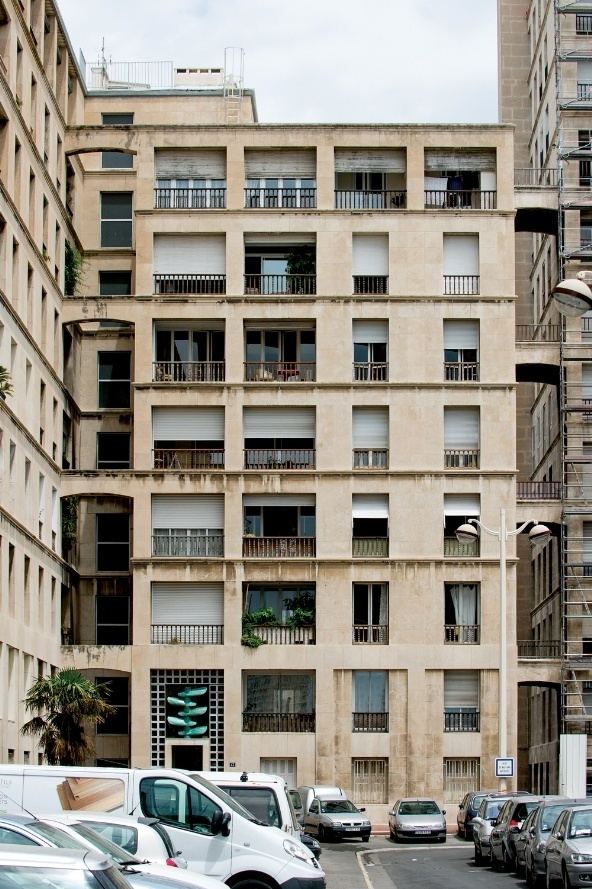
Architecture une expo hommage fernand pouillon marseille
Biography
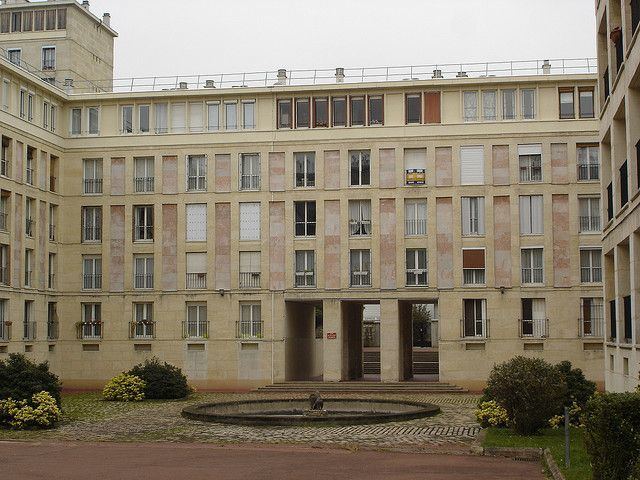
He produced modern architecture focussing on cultural, educational and residential projects, but also worked on two restoration projects. He built mostly in the Aix-en-Provence, Marseille and Paris (in France), Alger (in Algeria) and Tehran (in Iran). Although he had already built extensively before the Second World War, he is best known for his designs of, often low-cost, housing complexes in the 1950s and 1960s, including the La Tourette complex in Marseille, built 1948–1953, the new town Diar el Mahçoul in Algeria and for hotel designs in Alger between 1964–1984. He also worked on reconstruction of the war-damaged Old Port of Marseille together with Auguste Perret and others.
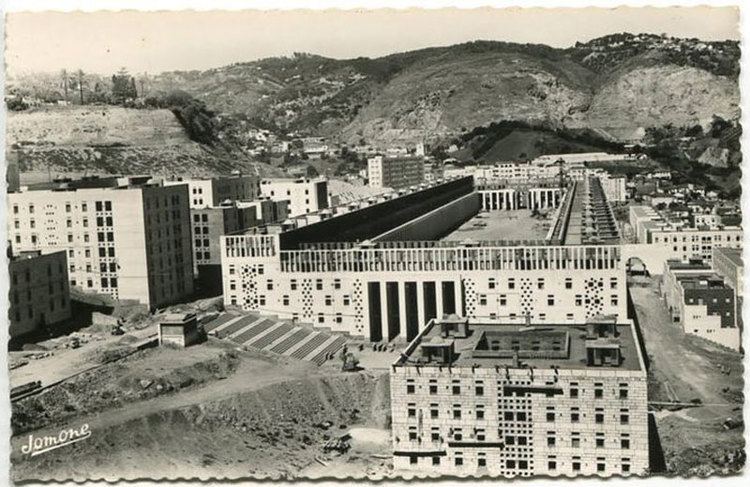
In 1961, he was jailed for his role as a building contractor on a housing project in Paris, escaped from jail, was eventually acquitted for the original crime, but jailed again for escaping. While in jail he wrote the Les Pierres Sauvages (The Stones of the Abbey), a book about the construction of Le Thoronet Abbey, and in subsequent years edited and wrote more books. He was finally released from jail in 1964 and moved to Algeria, only to return to France in 1972, after being pardoned by the French President Georges Pompidou.
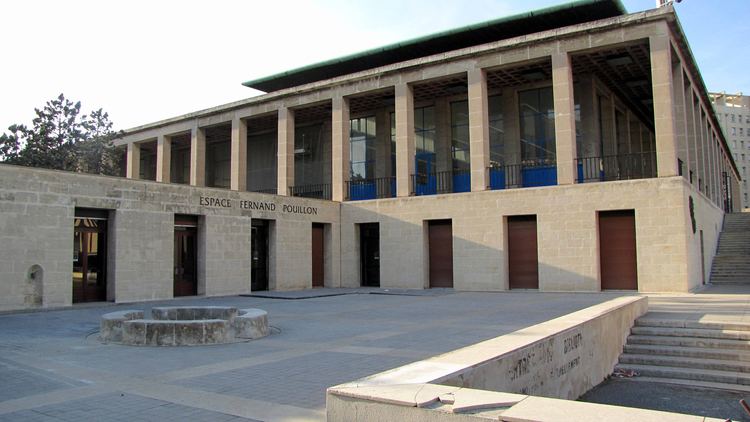
He spent the last years of his life at Château de Belcastel, a mediaeval castle in the Aveyron department, which he restored together with Algerian craftsman.
Fernand Pouillon Heritage Association
The Château de Belcastel in the Aveyron region of France and AFA Gallery in New York City had the intention to honor the memory of the late, great architect, Fernand Pouillon, by keeping his legacy alive through projects and exhibitions that celebrate his life as well as the creative spirit in great architecture.
The Fernand Pouillon Heritage Association was officially created on the 30th of March, 2017, in Belcastel. It is the only existing collaboration of family, friends and colleagues of the celebrated architect.
The Honorary President of the Association is Pouillon’s grandson, Jonathan Pouillon-Kugel.
What particularly distinguished Fernand Pouillon from his peers was his conviction that housing should be available to all, since he saw it more as a necessity than a right. His ideas and working methods earned him the status of a humanist architect, and his philosophy will be celebrated to inspire new generations of architects facing the challenge of an ever-growing population living in a limited space. At the Château de Belcastel, the architect's footsteps still resound. The fortress is rich with Pouillon’s passionate, creative spirit, because this monumental restoration was an epic labor of love. The château fulfilled his life’s dream: he intended the ruin to become his home at the same moment that he discovered it. The Château de Belcastel indeed remained his home until his passing in 1986, and today his tomb can be found behind the chapel in Belcastel village.
For those who have read Fernand Pouillon’s autobiographical novel Les pierres sauvages, and for those who know of his legacy as an architect and his passions for art and history, the Château de Belcastel is the premiere destination at which one may pay tribute to the master builder and discover the heritage that lives today within the “Savage Stones of Belcastel.”
The Château de Belcastel stands today as a classified historic monument thanks to the renovations undertaken by Fernand Pouillon. It remains a private castle, and since 2005 has been open to the public. Visitors enjoy panoramic views of the medieval village—likewise restored with Pouillon’s help—and see the architect’s restoration up close along with parts of the ruin he purposefully left in tact, so that future generations might see what he had had to contend with. The château’s interior has been embellished with a collection of original armor and several galleries that introduce art and sculpture into the castle while allowing the medieval fortress and the remarkable architecture of Fernand Pouillon to remain undisturbed.
The first major project of the Association is a collaboration between the French National Archives , family friends and colleagues of Fernand Pouillon. It is intended to launch in 2020 with a symposium that will explore the relationship between art and architecture across past, present and future. An exhibition of maquette models created by French architectural university students will be judged by a jury that includes celebrity architects, who will also speak at the symposium. Scholarships and prizes will be awarded on this day, and a celebration will be organized in Belcastel village. This sculptural exhibition as well as another that pays tribute to the legacy of Fernand Pouillon will be on display for the entire season at the château, from April through mid-November.
Fernand Pouillon Heritage Website: https://www.fernandpouillonheritage.org
